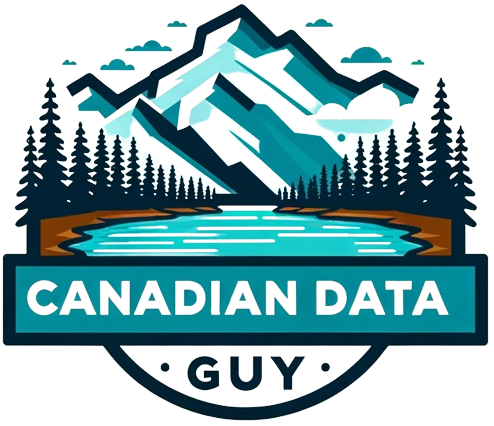Blog
- Home
- Blog
- All Posts
- Best Practices
- Blog
- Databricks
- Delta
- Delta Live Tables
- forEachBatch
- kafka
- Spark
- Stream
- Stream-Stream
- Streaming Aggregation
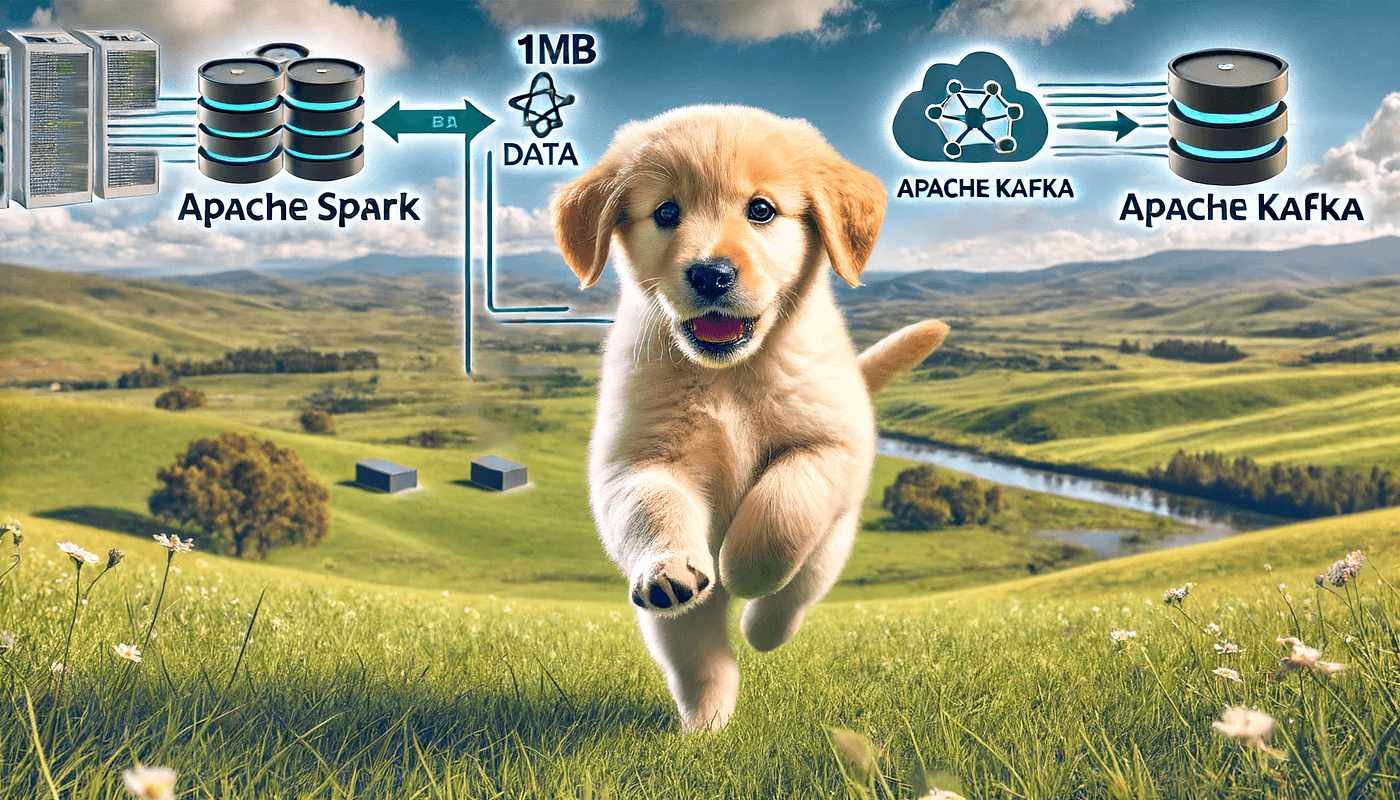
Introduction In the fast-paced world of data engineering, there often arises a need to generate large volumes of synthetic data…
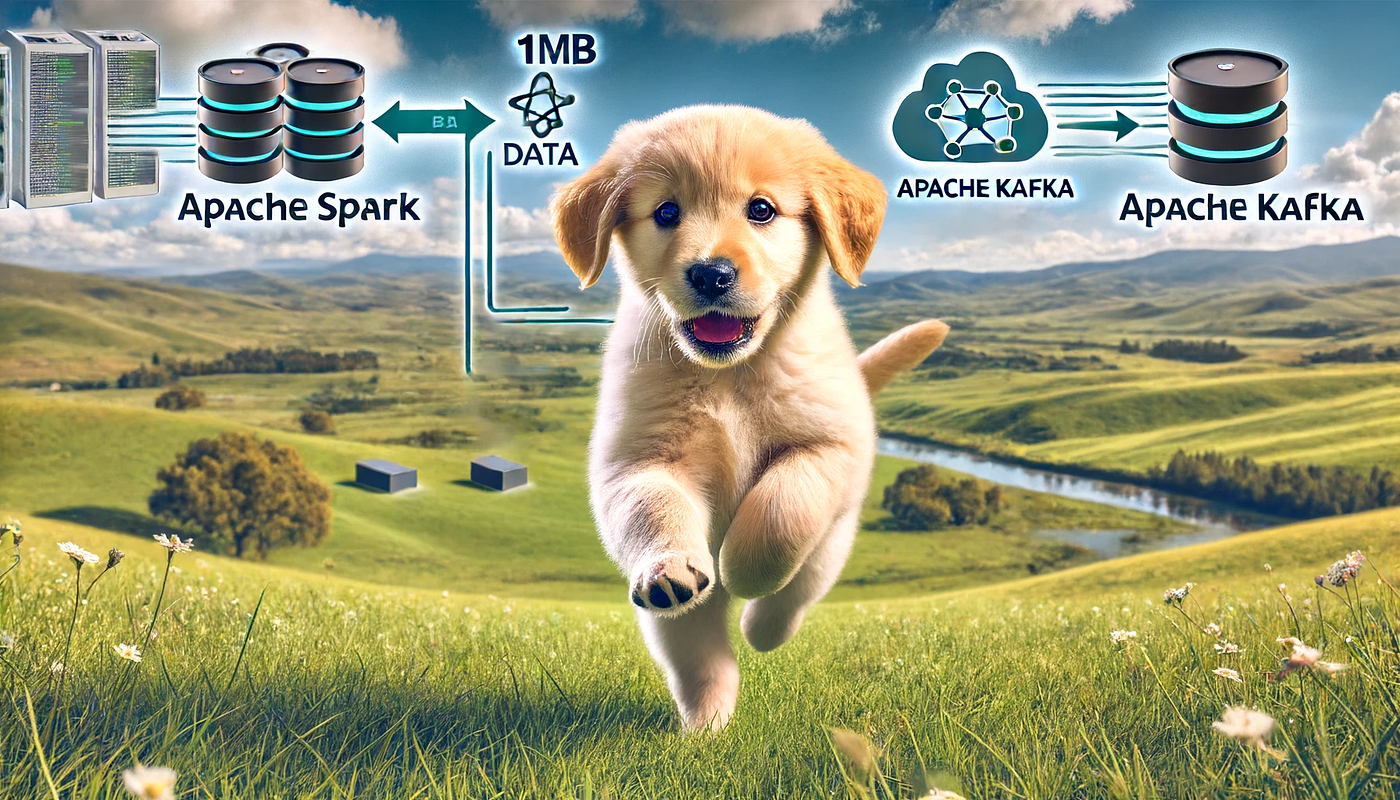
Introduction In the fast-paced world of data engineering, there often arises a need to generate large volumes of synthetic data…
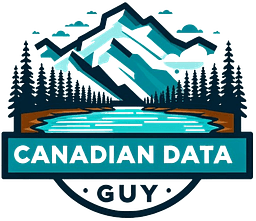
Ready to conquer your data interviews and land that dream job? Here’s a powerful guide packed with actionable steps to…

Ready to conquer your data interviews and land that dream job? Here’s a powerful guide packed with actionable steps to…

This blog will discuss how to read from a Spark Streaming and merge/upsert data into a Delta Lake. We will…
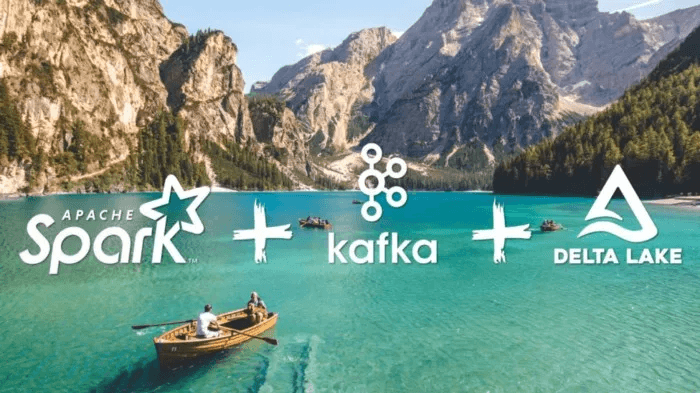
This blog will discuss how to read from a Spark Streaming and merge/upsert data into a Delta Lake. We will…
